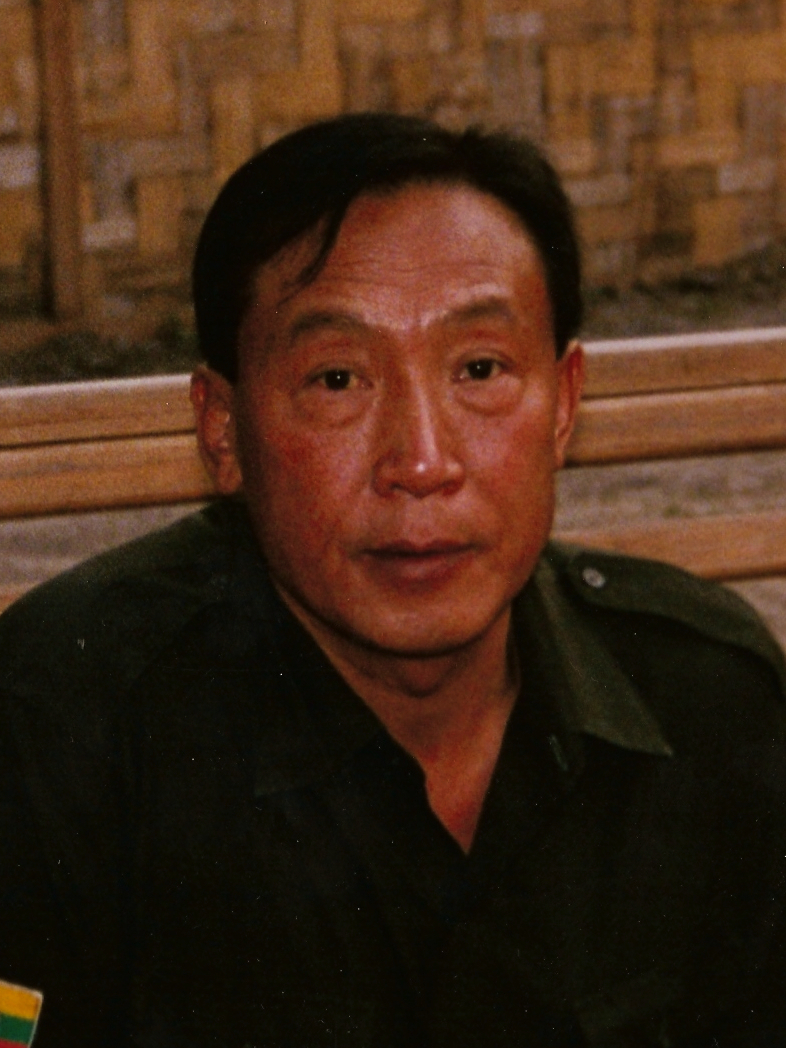He was dubbed the “Opium King” in Myanmar due to his massive opium smuggling operations in the Golden Triangle, where he was the dominant opium warlord from approximately 1976 to 1996
From 1974 to 1994, Khun Sa became the dominant opium warlord in the Golden Triangle. The share of heroin sold in New York originating from the Golden Triangle rose from 5% to 80% during this period, and Khun Sa was responsible for 45% of that trade. The DEA assessed that Khun Sa’s heroin was 90% pure, “the best in the business”.[7] During the height of his power, in the 1980s, Khun Sa controlled 70% of the opium production in Burma, and built a large-scale infrastructure of heroin refining factories to dominate the market for that drug.[5] He may have once supplied a quarter of the world’s heroin supply.[15] He commanded 20,000 men, and his personal army was better armed than the Burmese military.
Khun Sa surrendered to the Burmese government on January 5, 1996, gave up control of his army, and moved to Rangoon with a large fortune[16] and four young Shan mistresses.[7] Following Khun Sa’s surrender, opium production in the Golden Triangle declined[5] (this shift coincided with a dramatic rise in opium production in Afghanistan).[7] During his retirement he became a prominent local businessman, with investments in Yangon, Mandalay and Taunggyi.[16] After his retirement he described himself as “a commercial real estate agent with a foot in the construction industry”. He ran a large ruby mine,[7] and invested in a new highway running from Yangon to Mandalay.[34] While living in Yangoon, Khun Sa maintained a low profile. His movements and communications with the outside world were restricted by the Burmese government, and his activities were monitored by Burmese intelligence.[2]
He died in 2007 at the age of 73. Today, his children are prominent businesspeople in Myanmar.


